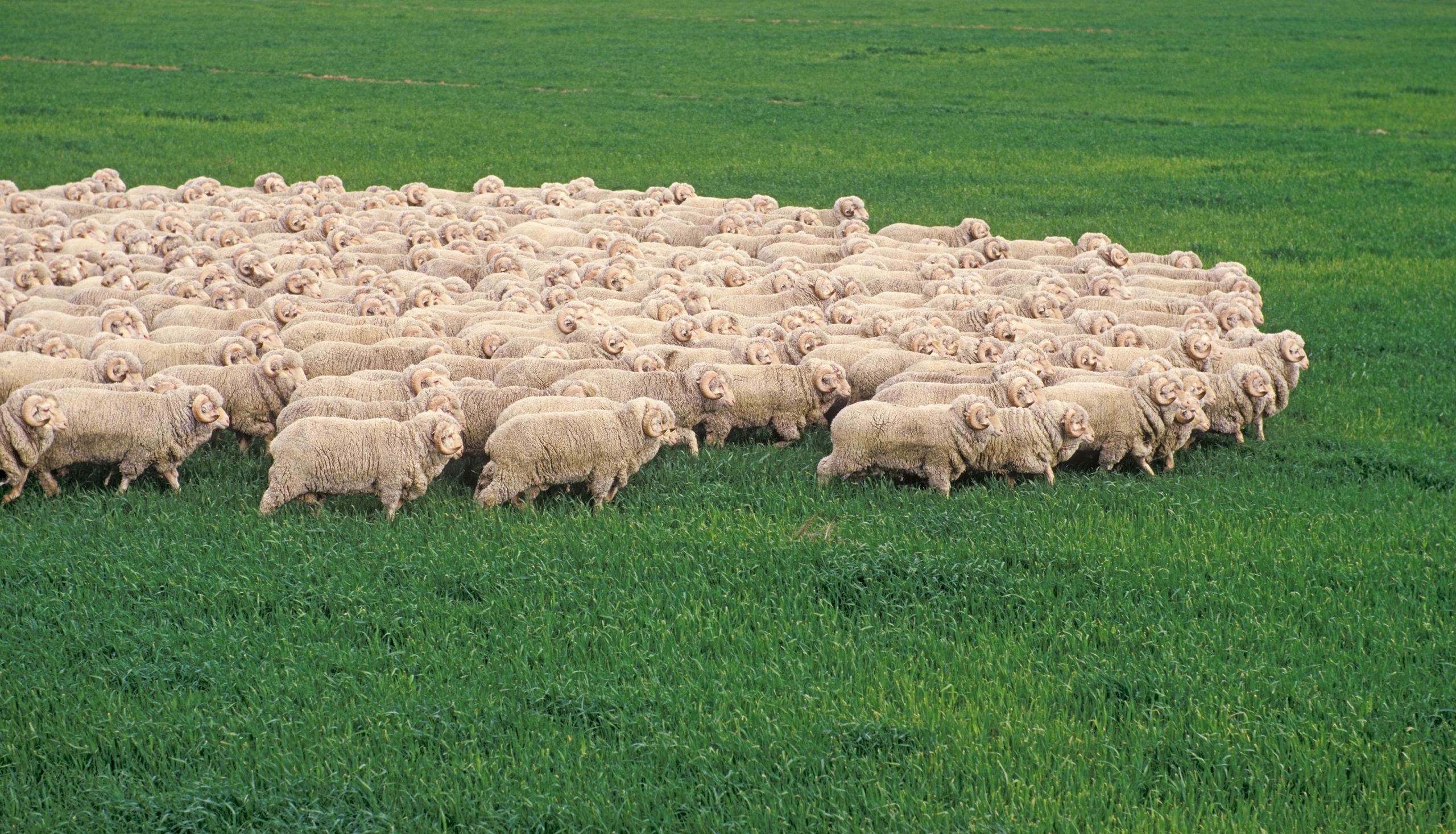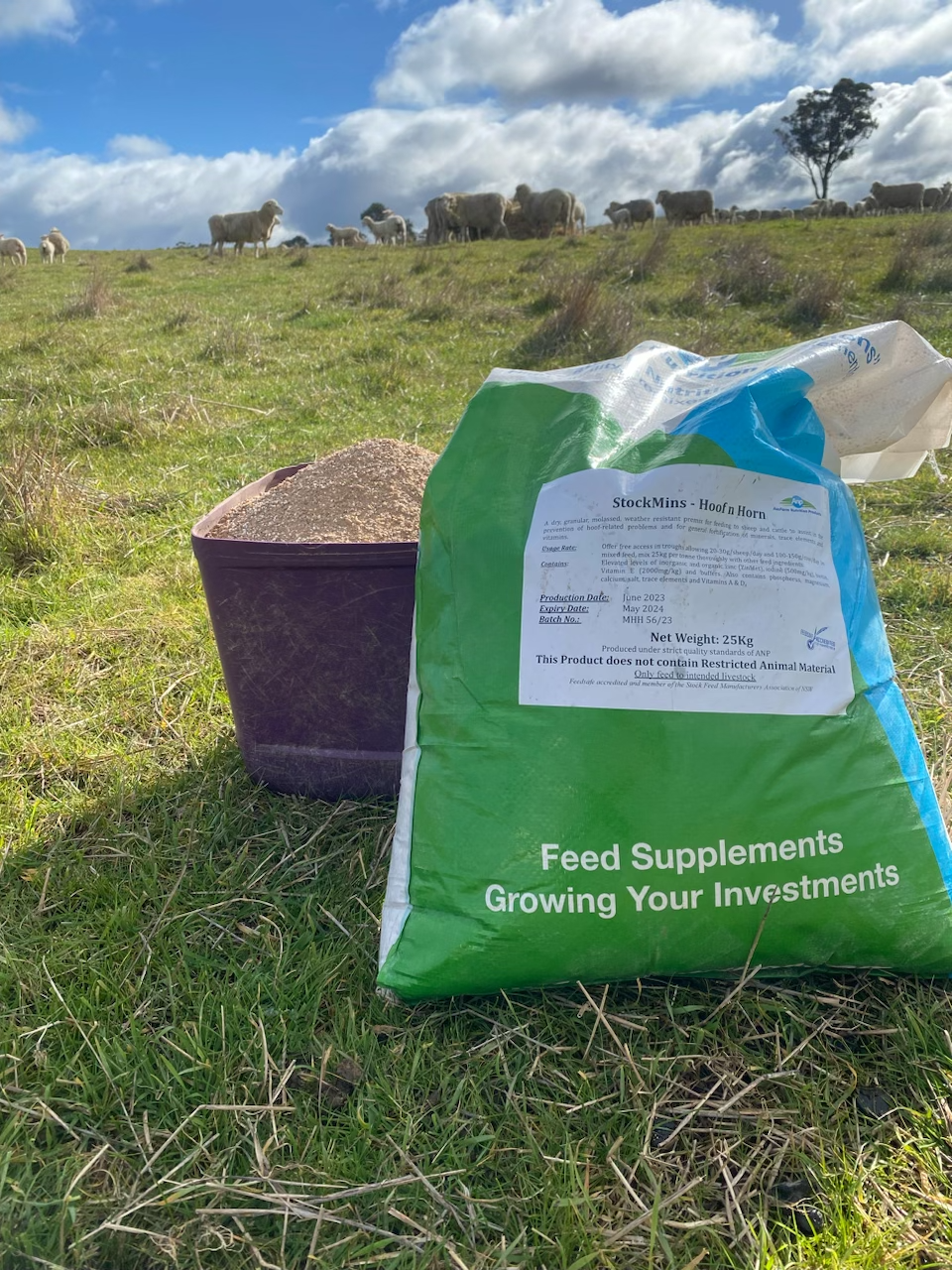Key Points:
- Are your rams in condition to perform flat out for 5 weeks?
- Performing ram checks 12 weeks prior to joining is ideal for ram preparation.
- Lameness can significantly impact ewe and ram fertility and ability to perform.
- Effective mineral, vitamin and trace element supplementation from six weeks prior to joining can boost fertility.
Despite the current poor marketing conditions for lambs, recent indicators and commentary paint a positive picture of the market in the new year. As some northern producers take a “wait and see” approach to joining activities, mild seasonal conditions have gifted southern producers with the potential to join ewes in good condition. When harvest is out of the way and with joining just around the corner, ewes will be on the mind of every sheep producer as they look to lay the foundations for another successful lambing season in 2024. But what are they doing with their rams?
 Rams are a crucial part of any sheep breeding system. Rams account for 50% of the breeding equation, and because there are less rams than ewes (at around 3% of total ewes), each ram must perform at least 33 times to achieve breeding success. Therefore, having one or more underperforming rams can have a devastating effect on scanning rates.
Rams are a crucial part of any sheep breeding system. Rams account for 50% of the breeding equation, and because there are less rams than ewes (at around 3% of total ewes), each ram must perform at least 33 times to achieve breeding success. Therefore, having one or more underperforming rams can have a devastating effect on scanning rates.
The ideal joining period is no longer than 6 weeks. This means that for best results, rams need to be in peak condition and fully functional from day one to day 42.
To ensure rams are in peak condition to perform at their best for 42 days, ANP recommends performing an initial ram assessment on the ram team 12 weeks prior to joining. The reason for 12 weeks is so rams that are out of breeding specification, ill or injured have time to heal, get into breeding condition or be replaced well before day one of joining.
During the ram assessment, ANP recommend checking their teeth, toes, testes, tackle and body against the following criteria:
- Teeth: Check for broken teeth that may affect feeding behaviour.
- Toes: Hooves should not be tender and tail tissue should be firm. Foot pair and treat for infections prior to joining.
- Testes: Visually examine and squeeze each teste. They should be around the size of a coke can and feel firm yet springy, like a flexed bicep.
- Tackle: Visually examine the penis for infection or damage (only check visually and contact a vet if an infection is suspected).
- Body: Work towards a target body condition score of 3.5. Supplement feed if required. Also, check for flystrike or other infections and treat accordingly.
Hoof health has been of particular concern this year, as little reprieve from the wet and boggy conditions in southern regions, throughout most of the year, has seen a significant increase in reports of lameness, especially in sheep. In the northern regions the dry weather is causing similar hoof issues, namely drying and cracking of damaged tissue from previous wet seasons.
Hoof infection and lameness can be detrimental to joining in several ways. Most noticeably, lameness can seriously hinder mobility reducing grazing time and the capability to feed selectively. Furthermore, a ram and ewe’s inclination and capacity to serve and be served is greatly diminished. On top of this, a combination of the activation of the immune system, to help fight infection, and increased stress can significantly disrupt fertility.
The period from late spring to the end of summer is the perfect time to control hoof infections, as a combination of warmer and drier conditions, in most part, can assist with getting livestock off their feet, giving hooves the opportunity to dry out. Supporting hoof pairing with mineral supplementation and foot bathing has been shown to deliver the best results, especially when performed during the drier months.
Merino ram team
Feeding affected or at-risk livestock a mineral supplement fortified with Biotin, organic and inorganic zinc and iodine can provide both short and long-term hoof health benefits. In StockMins-Hoof n Horn, elevated levels of organic and inorganic zinc and therapeutic levels of iodine and vitamin E can help fight infection, repair damaged tissue and strengthen the hoof in the short-term, while Biotin promotes healthy hoof growth and structure that may assist hoof integrity in time for the wetter months.
These active ingredients in combination with phosphorus and the other essential minerals, vitamins and trace elements within StockMins-Hoof n Horn also support fertility, making StockMins-Hoof n Horn the perfect supplement to assist joining preparations this summer.